We love our gardens and have learned that when you tend a garden for years and years, the perennials planted there become familiar friends. Keeping in touch with them involves a particular sort of gardening attention: We check in to see how they’re doing, if they need fertilizer, deadheading, pruning, pest maintenance. When our plants are thriving, so are we. Read on for a few of our favorite perennials that, with the right care and conditions, can last for years in the garden. From shrubs with big, eye-catching blooms to small border plantings and container-ready species, there are more than a few long-lived perennials that you’ll love visiting in your garden year after year.
Azaleas
Few long-lived perennials are as beloved in the South as azaleas. From the plantings along the greens at Augusta National Golf Club to neighborhood yards and gardens across the Southern states, azaleas are everywhere. They bloom out in springtime with big washes of colors: pink, white, magenta, peach, fuchsia.
Learn more about azaleas.
Camellias
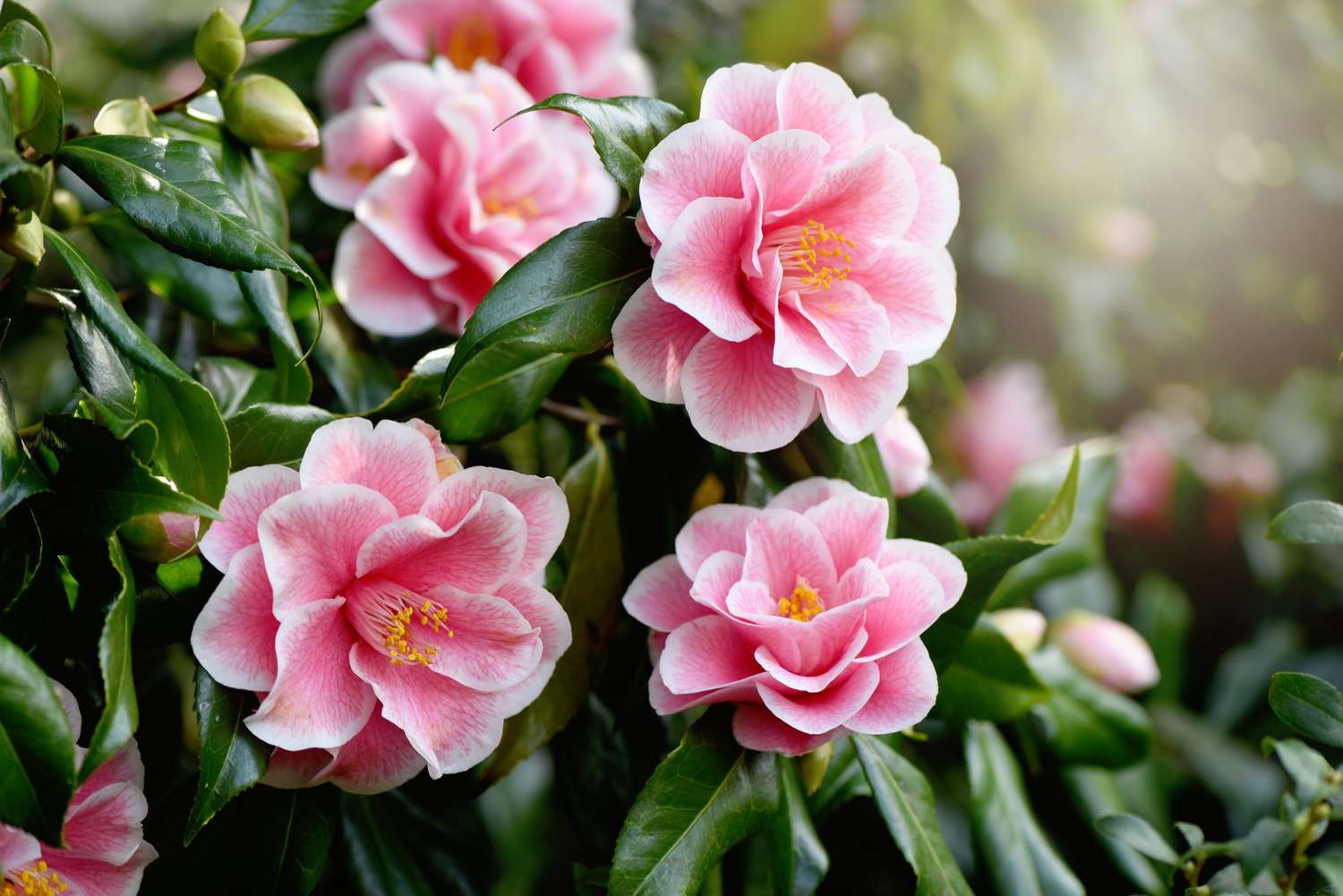
One of the South’s favorite perennial shrubs, a camellia planting can easily become a centerpiece in the garden for many years. According to The New Southern Living Garden Book, «More than 3,000 named kinds of camellias exist, in a remarkable range of colors, forms, and sizes.» They are favorites for Southern gardens because of their profusions of flowers in a variety of hues, but also because they are early-year bloomers not usually browsed by deer.»
Learn more about camellias.
Gardenias
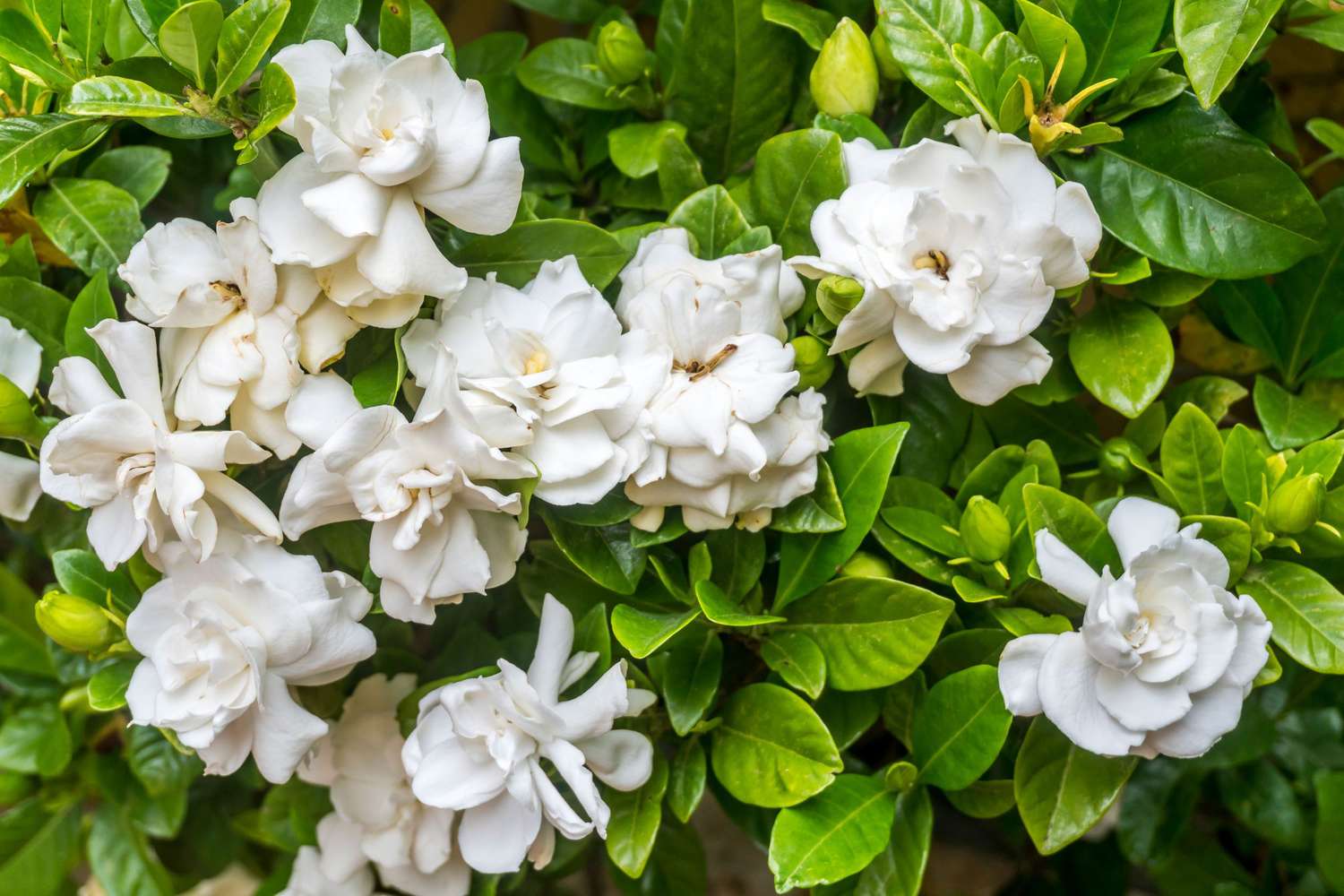
These evergreen shrubs bring gorgeous deep-green foliage as well as incredibly fragrant white blooms during the summer months. While they can last for a long time as centerpieces in a Southern garden, they are also good in border applications and can thrive in pots as well. According to The New Southern Living Garden Book, «Gardeners in cold-winter areas can grow them in cool greenhouses.» Gardenias for all!
Learn more about gardenias.
Ginger Lilies
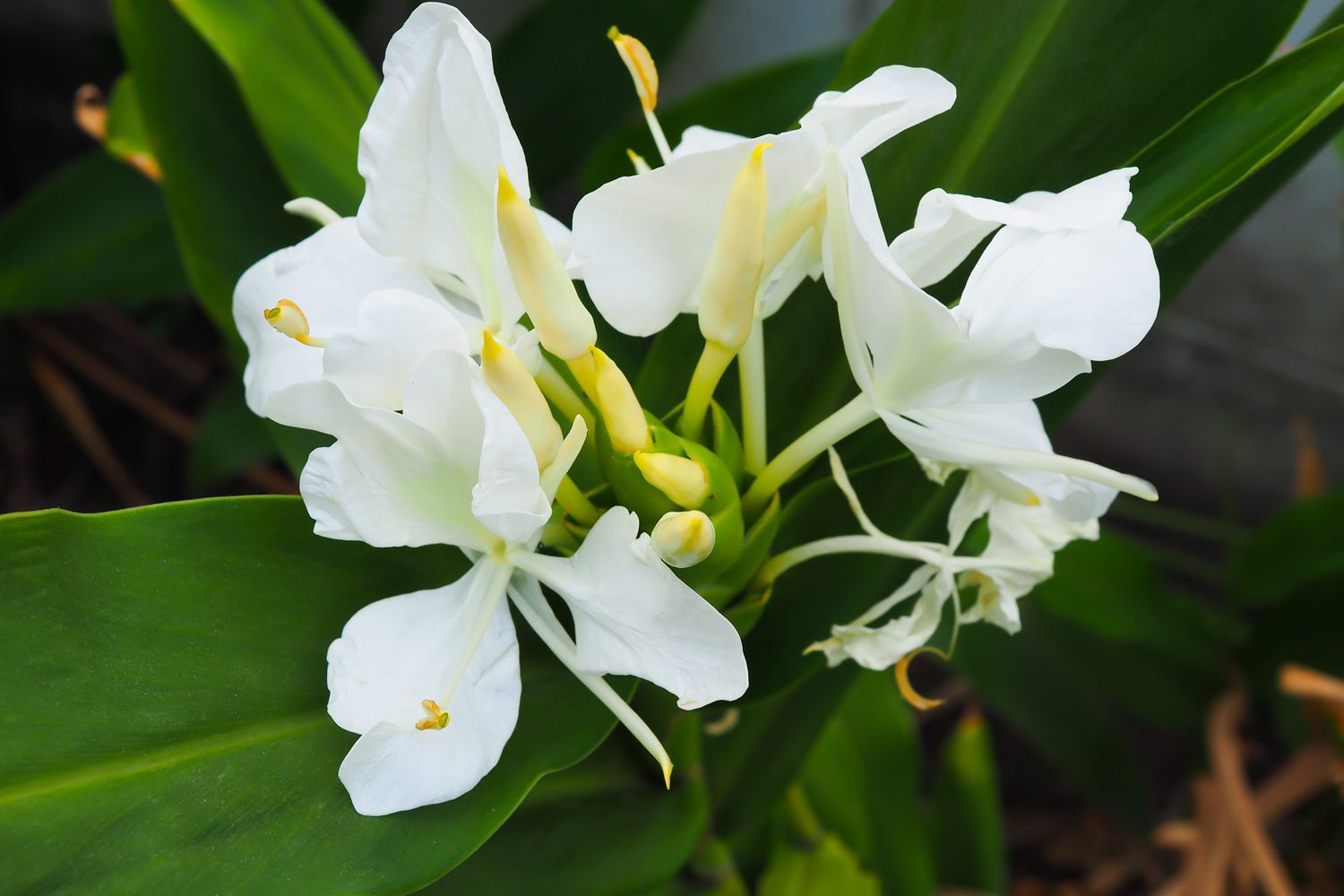
Also known as Hedychium coronarium, ginger lilies provide a welcome burst of deeply fragrant blooms in the heat of late summer during the months of August and September. As a rhizomatous planting, it has become a popular pass-along plant. It’s also relatively low maintenance; according to The Grumpy Gardener, «The only work you’ll have to do is controlling its spread (pass along those divisions!) and cutting down and composting the withered stalks and leaves in late fall.»
Learn more about ginger lilies.
Hostas

Shade-loving hostas come in an immense variety of colors, forms, and shapes. They’re loved for their shade tolerance and eye-catching foliage as well as spikes of flowers that appear in summer. They need regular water and are as good in gardens as well as containers. The only things that might work against the ability to tend them for years in the garden are a. too much sun, and b. deer browse them. While these plants disappear in winter, don’t panic: Hostas are perennials, so they’ll come back the next year.
Learn more about hostas.
Hydrangeas
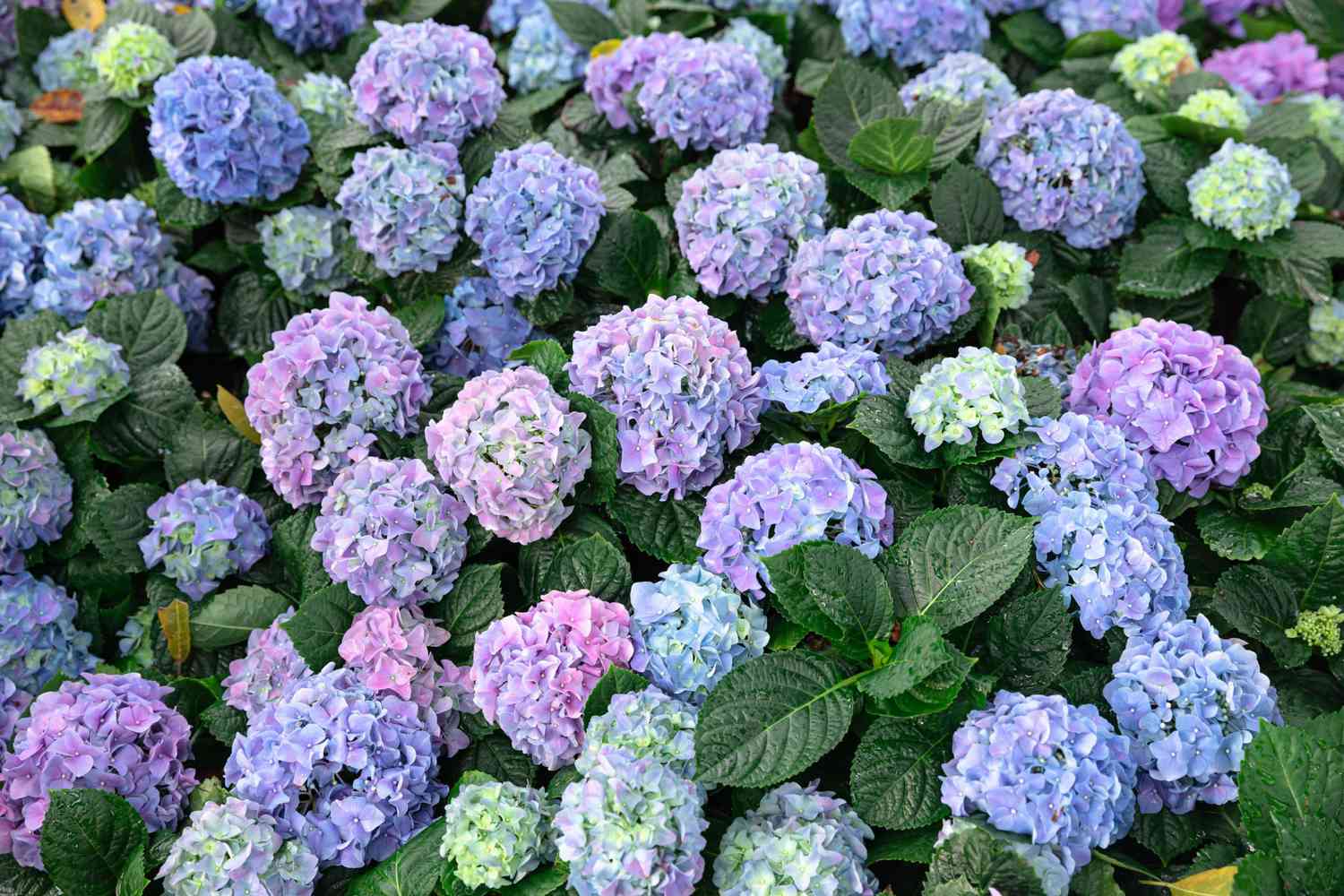
Not only do hydrangea plants live a long time in the garden, they also have long-lasting flowers in eye-catching colors, including blue, purple, pink, and cream. According to The New Southern Living Garden Book, «Close inspection reveals that each flower cluster is composed of tiny, fertile, seed-producing flowers on the inside, and large, showy, sterile flowers on the outside. «Mopheads» feature large, rounded or conical clusters of sterile flowers that hide the fertile flowers inside. «Lacecaps» display flattened clusters of fertile flowers ringed by showy sterile flowers. Fertile and sterile flowers may be two different colors depending on soil.»
Learn more about hydrangeas.
Irises
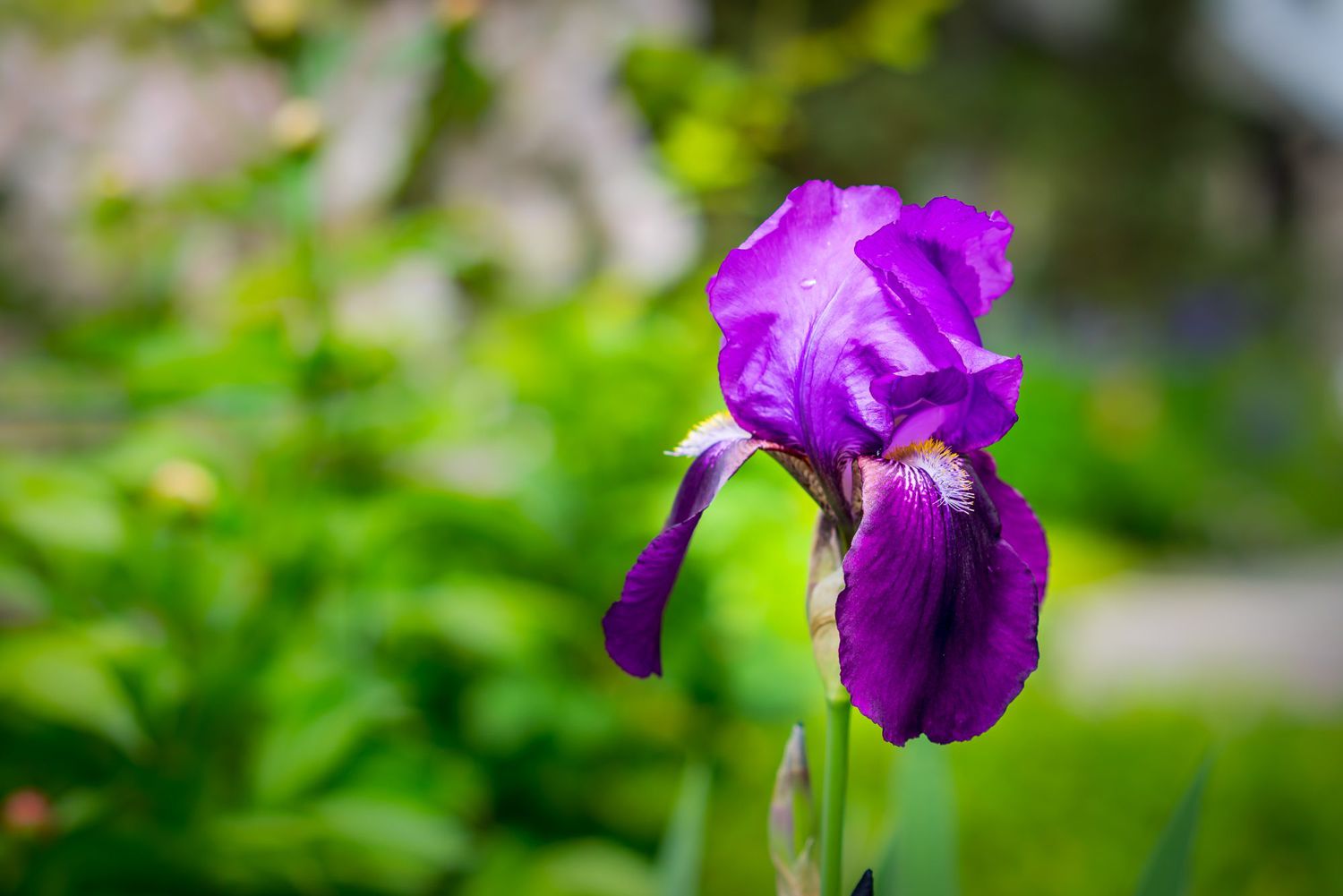
These garden favorites send out dramatic blooms during their flowering season. The term «iris» comprises hundreds of species with many different flower colors and forms and foliage types. There are bulbous irises and rhizomatous irises, and each requires different care. For rhizomatous irises, according to The New Southern Living Garden Book, «Clumps become overcrowded after 3 or 4 years, and quantity and quality of bloom decrease. Lift and divide crowded clumps at best planting time for your area. Save large rhizomes with healthy leaves; discard old and leafless ones from clump’s center.»
Learn more about irises.
Lantanas
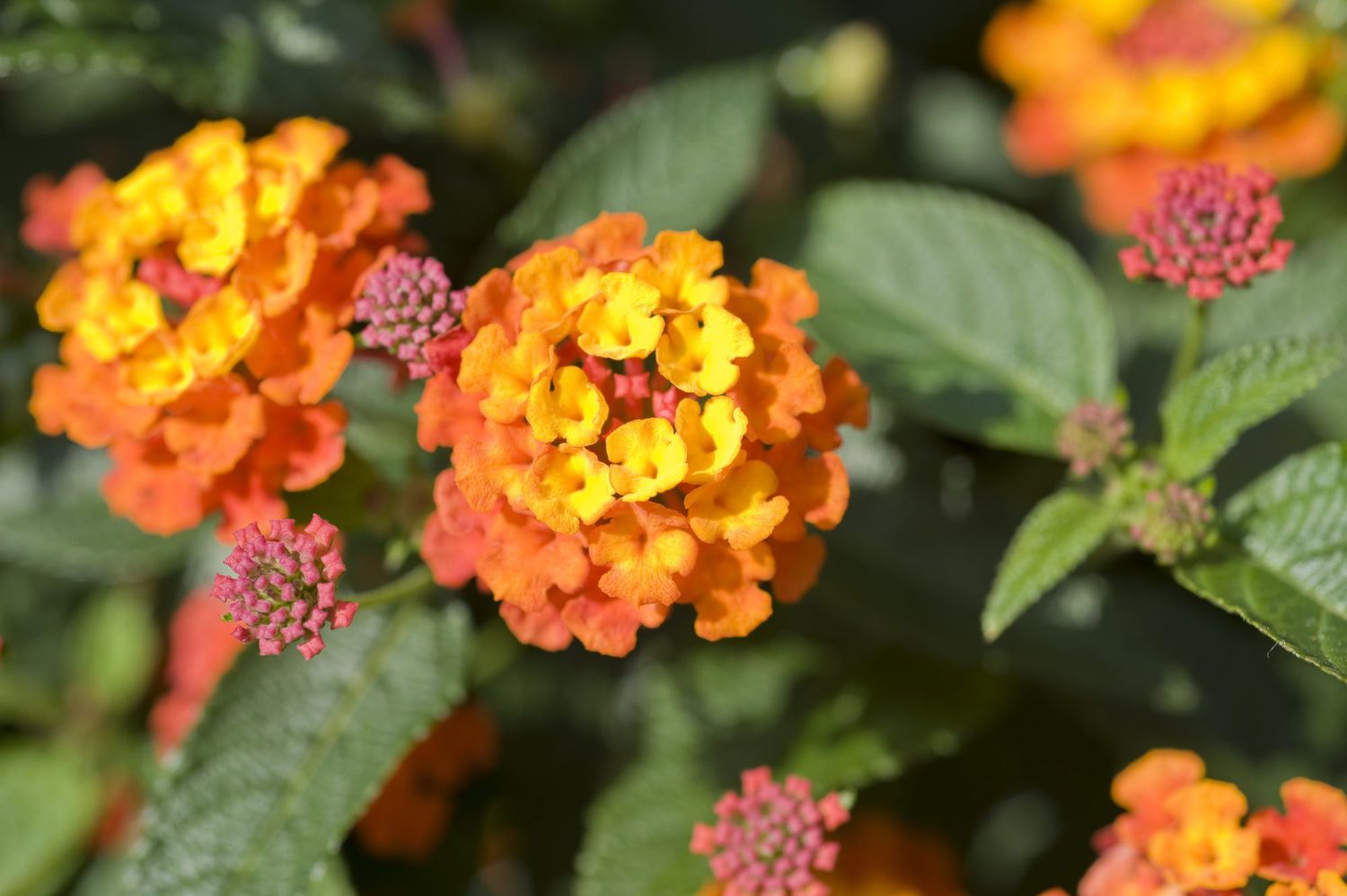
Loved by bees and butterflies, lantanas provide long-lasting blooms in many bright colors. They’re also hardy growers and will last for years in the garden with plenty of full sun and moderate water. According to The New Southern Living Garden Book, «Lantanas thrive in hot, dry weather and tolerate just about any well- drained soil, growing well even near the beach. They’re a magnet for butterflies. Plant them in masses, let them cascade over a wall, or display them in window boxes, hanging baskets, or planters.»
Learn more about lantanas.
Peonies
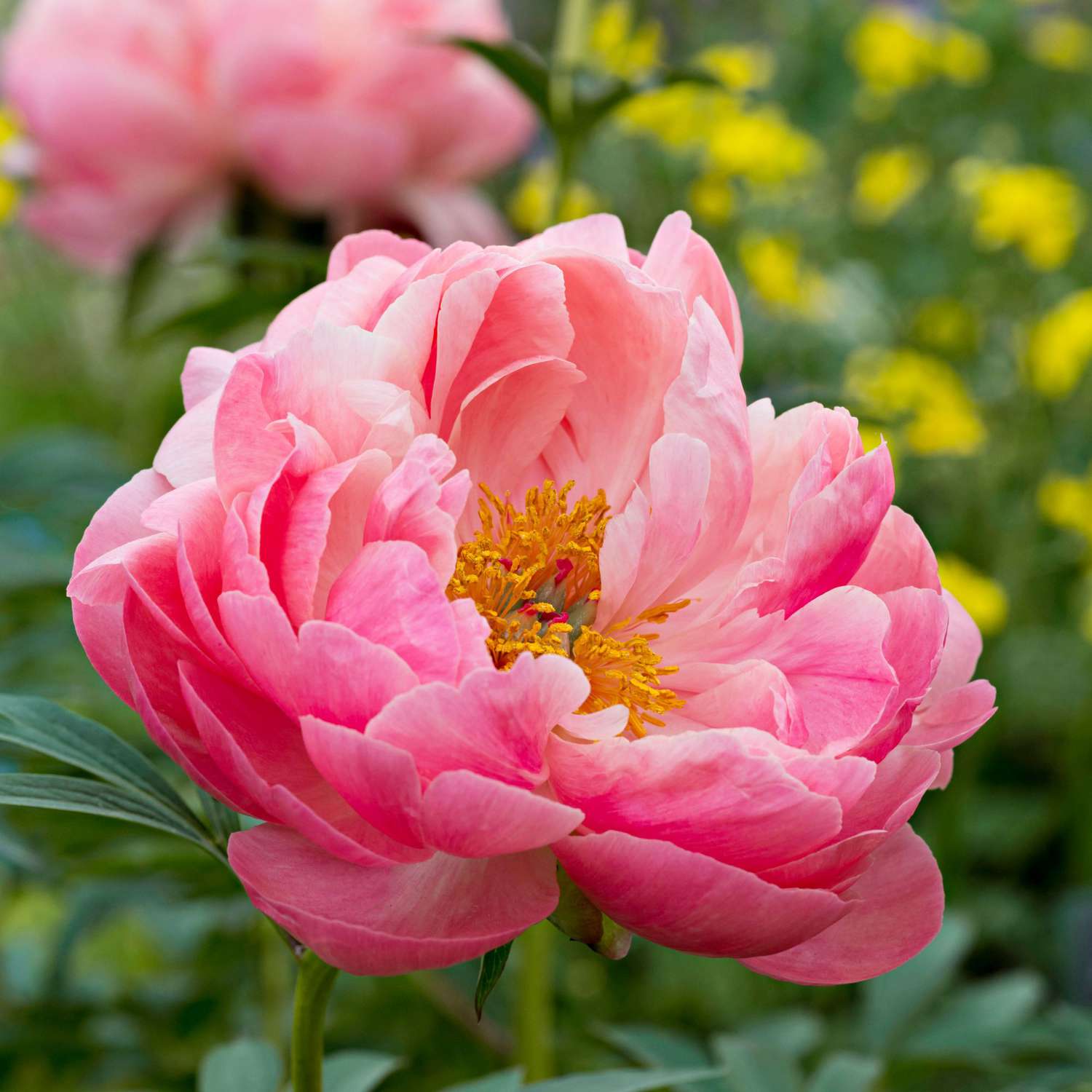
Plant herbaceous peonies and you’ll have big, billowing blooms for years. They can grow quite large given adequate care and conditions. They bloom in various flower forms, including semidouble, double, and single. According to The New Southern Living Garden Book, «But while it’s true that peonies do generally perform best in the Upper and Middle South, quite a few tolerate the mild winters and hot summers of the Lower South.»
Learn more about peonies.
Viburnums
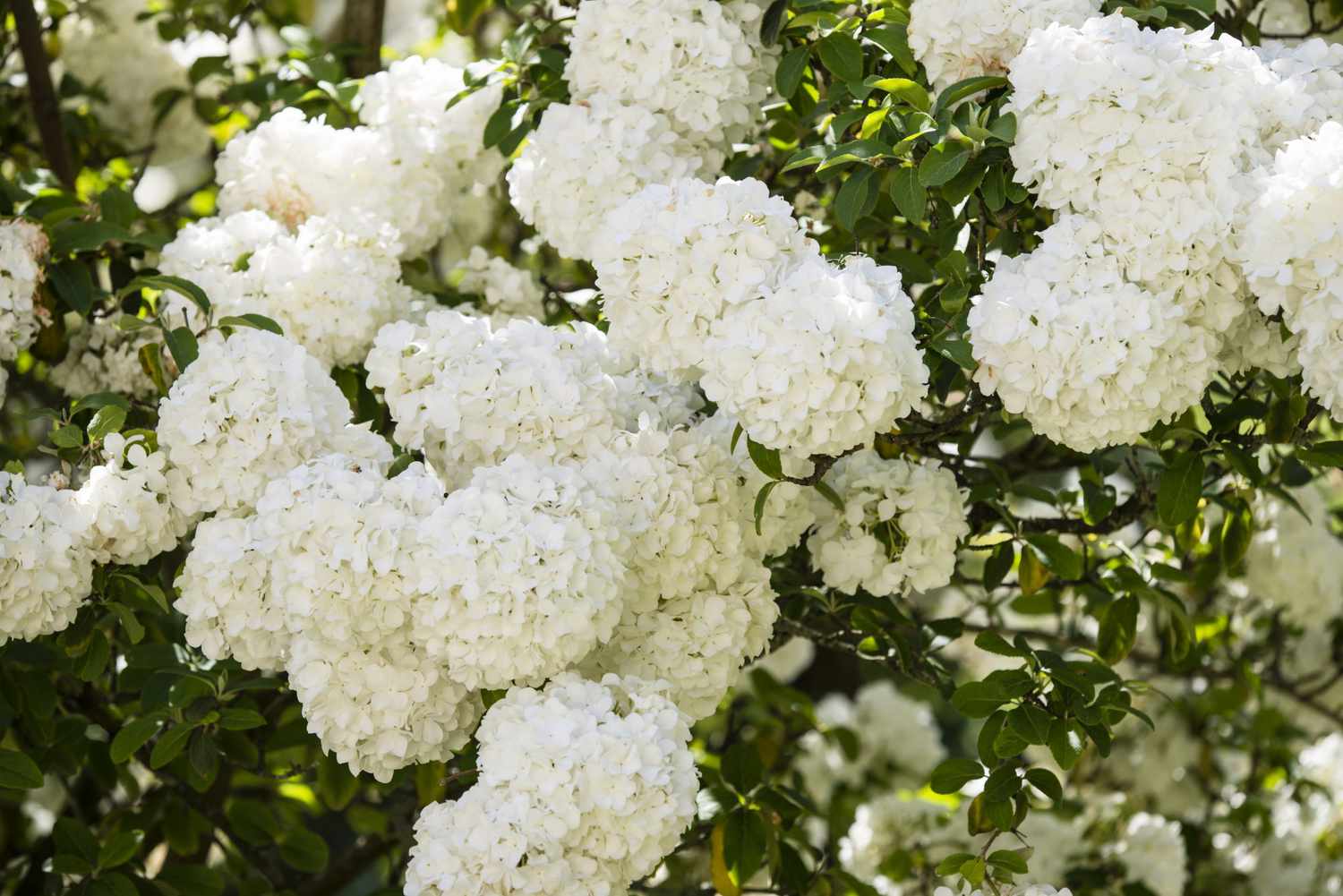
Many viburnums live for a long time in the garden, including Bodnant viburnum (Viburnum x bodnantense), which can grow to 10 feet tall and 6 feet wide. They produce big, showy blooms with rounded forms. Several viburnums are known as snowball bushes—apt nicknames given the appearance of the blooms—and are popular plantings in the South.
Learn more about viburnums.
Wisterias
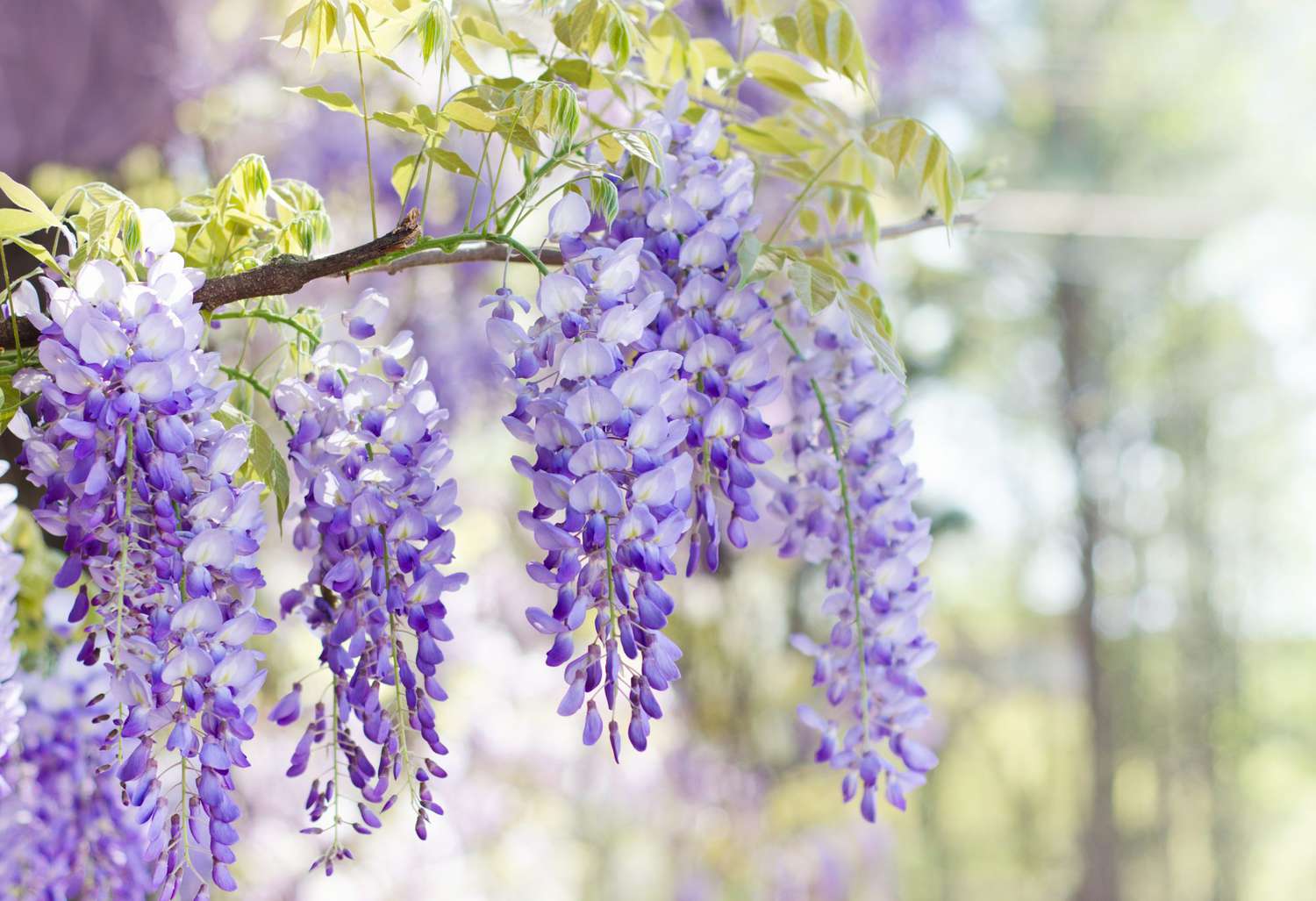
Fragrant wisterias, which wind themselves along fenceposts and doorframes, give off a sense of long life in addition to summertime perfume. Cut back wisteria, and it will come back quickly, the drooping purple blooms appearing along with bright green leaves along twining, woody vines, stems so strong that they can do damage to wood and brick—so be sure to train them along sturdy structures.
Learn more about wisterias.
Yarrows
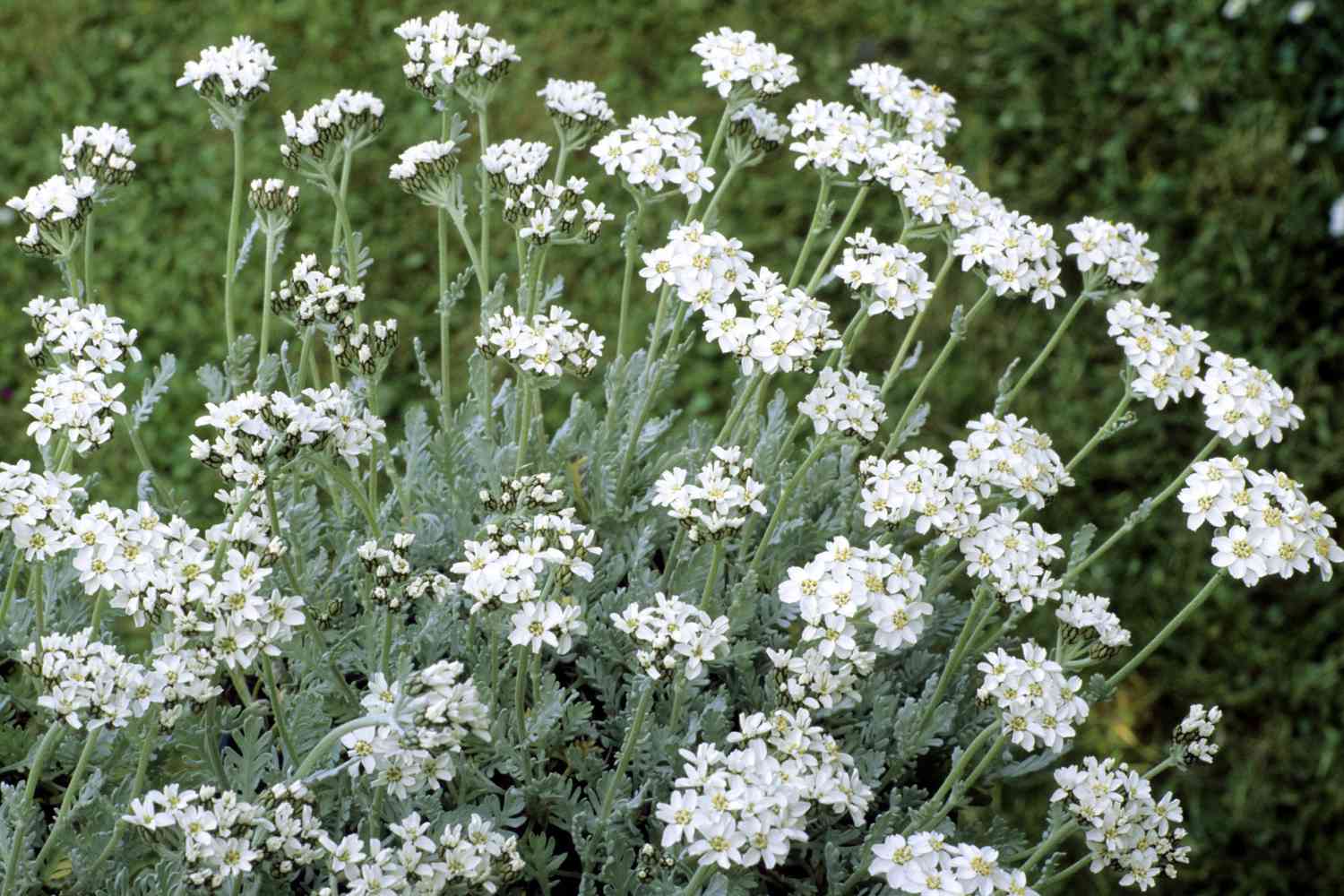
These perennials are hardy once established. According to The New Southern Living Garden Book, «Mainstays of the summer perennial border, yarrows offer showy blooms and finely cut, aromatic foliage. […] Though often considered carefree, they do require excellent drainage, especially in high-rainfall, high-humidity areas. […] Once established, they thrive in drought and heat.»